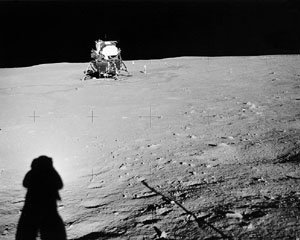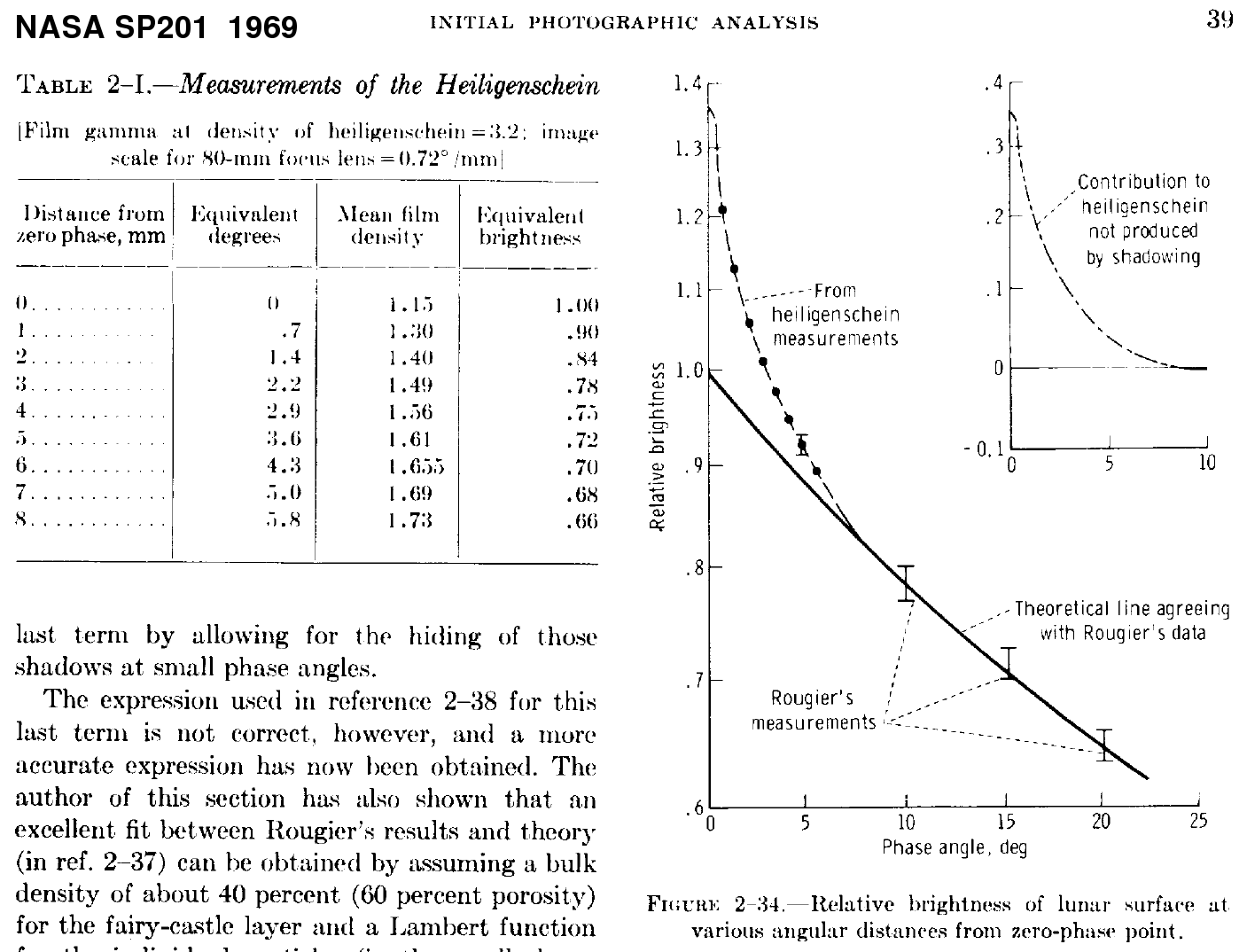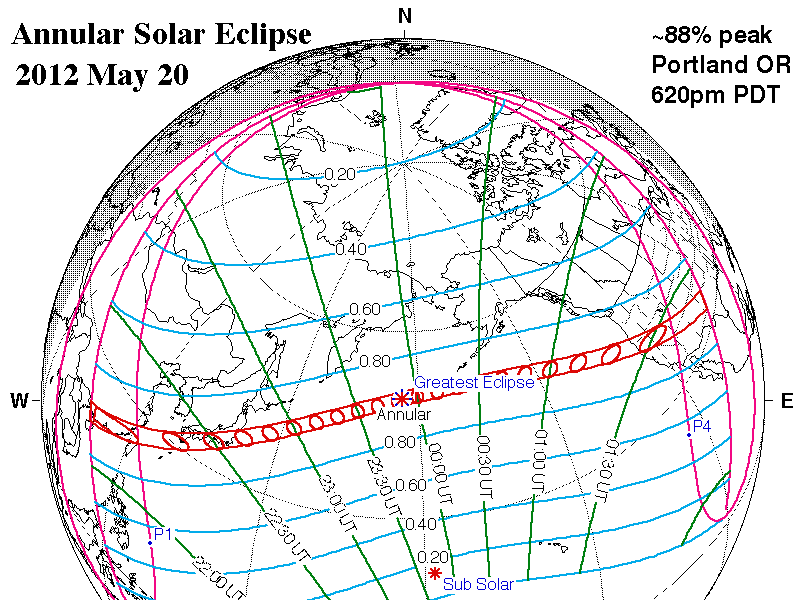Lunar Brightness at Opposition
When the moon is directly opposite the sun from the earth (opposition, syzygy), it is in eclipse. But when the moon is slightly off this direct line, it acts as a retroreflector and its visible brightness increases, as much as 40%.
The orbital position of the moon can be both east or west of opposition. It can be north or south of opposition also, because its orbit is inclined by more than 5 degrees relative to the ecliptic (earth orbit) plane. Its position above or below that plane varies sinusoidally. If it passes through an annular zone perhaps 3.5° wide (out of 2*5.145°) in its orbit, it will be noticably brighter than average for about an hour. This happens about 2 to 3 times per year. If it makes a grazing pass of the penumbra, it will be noticably brighter for about 2 hours. This happens about once every two years.
The moon's orbit is elliptical, and its distance varies by ±5.5%. That makes its apparent size vary by ±11% from average. The full moon is more than 5% brighter 35% of the time, and more than 10% brighter 13% of the time (it moves 5% faster when it is 5% closer). The "perigee effect" on full moon size is not uncommon. Increased moon size, in combination with a grazing pass of north/south opposition, is uncommon, perhaps once per decade.
The angular size of the sun is 0.53° and the angular size of the Earth from the moon is 1.9°. If the moon is within 0.95-0.53 = ±0.42° it is in the dark umbral shadow, and if it is between that and 0.95+0.53 = ±1.48° it is in partial penumbral shadow (though at 1.4 degrees, it is in 98.6% full sunlight). If we were in a spaceship directly between the sun and the moon, without the earth in the way, the moon would appear very bright. This is due to heiligenschein (also known as "opposition effect"), appearing in the picture below as a faint halo around the astronaut's head in this Apollo 11 photograph.
|
Moon semimajor axis |
384,399 km |
|
Moon Eccentricity |
0.0549 |
||
Moon Inclination |
5.145° |
||
Moon Perigee |
362,570 km |
||
Moon Apogee |
405,410 km |
||
Moon angular velocity |
1°/118 minutes |
||
Earth mean radius |
6371 km |
||
Earth half-angle size |
0.95° |
from moon |
|
Sun mean distance |
1.496e8 km |
||
Sun mean diameter |
1.392e6 km |
||
Apollo 11 heiligenschein |
Sun angular size |
0.53° |
from moon |
According to Whitaker (NASA SP-201), the heiligenschein is 50% greater at 1° than at 5°. |
|
Whitaker says reason for this specular reflection is that meteoroid impacts throw up melted debris, which forms into tiny glass beads that cool and harden before they fall back down. These beads act like retro-reflectors, much like the glass spheres in Scotchlite. More recent papers, based on data from Clementine and the difference in the effect between the lunar highlands and lowlands, claim this is due to "shadow hiding", where the sidewalls of cavities in a rough surface are less visible, and light reaching the bottom of a cavity is more likely to be retro-reflected. Ultimate proof of either theory will probably come from future landers making microscopic examinations of the undisturbed lunar surface. Either way, you can imagine the effect is like the moon behaving as a somewhat brighter, narrow beam spotlight pointed directly back at the Sun, and whatever is also in that direction.
There is very little direct increase due to the the Earth's orbit around the sun. The Earth's orbit is very nearly circular, with an eccentricity of less than 1.5% (± 3% illumination change). The 11 year sunspot cycle causes an illumination change of less than 0.1%.
Atmospheric attenuation plays a role, of course; clouds block moonlight, and even clear air scatters it. The air column is thinner in the mountains, and thinner near the equator since the moonlight is coming closer to straight down, so the full moon is a bit brighter there. Conversely, full moons are dimmer under smog at higher latitudes.
Conclusion: The largest illumination/variation effect (35%) occurs during nodal syzygy heiligenshein (25%), then perigee precession syzygy (11%), with sun distance and brightness effects coming in as a distant third. The total effect is noticable but not all that spectacular.
Eclipse Alert! |
|
When we are near nodal syzygy, we are more likely to have eclipses, either lunar or solar. There will be an annular solar eclipse on May 20, 2012 (May 21 in China and Japan), about two weeks after the so-called Supermoon event on May 5. An annular eclipse means the moon doesn't quite block the sun, because it is near apogee, further out in its orbit, and subtending a smaller angle. Eclipses are spiffier than "supermoons". |
NASA SP-201 : Analysis of Apollo 8 photography and visual observations. January 1, 1969. Page 38: Photometry, An Investigation of Lunar Heiligenschein by E. A. Whitaker
. Krisciunas & Schaefer, "A Model of the Brightness of Moonlight", Publications of the Astronautical Society of the Pacific, 103: 1033-1039, September 1991.
http://home.earthlink.net/~kitathome/LunarLight/moonlight_gallery/technique/moonbright.htm
http://eclipse.gsfc.nasa.gov/solar.html
http://eclipse.gsfc.nasa.gov/SEgoogle/SEgoogle2001/SE2012May20Agoogle.html
http://eclipse.gsfc.nasa.gov/SEplot/SEplot2001/SE2012May20A.GIF
P.S. Why is this relevant to Server Sky? Because an out-of-control server sky constellation could cause night pollution in the night sky. While normal operation should be constrained to produce near-zero light pollution, the debris from a derelict constellation should never be ecologically damaging even in the extreme worst case. Nature evolved to the full moon cycle; we must not approach even a noticable fraction of that amount of illumination.



